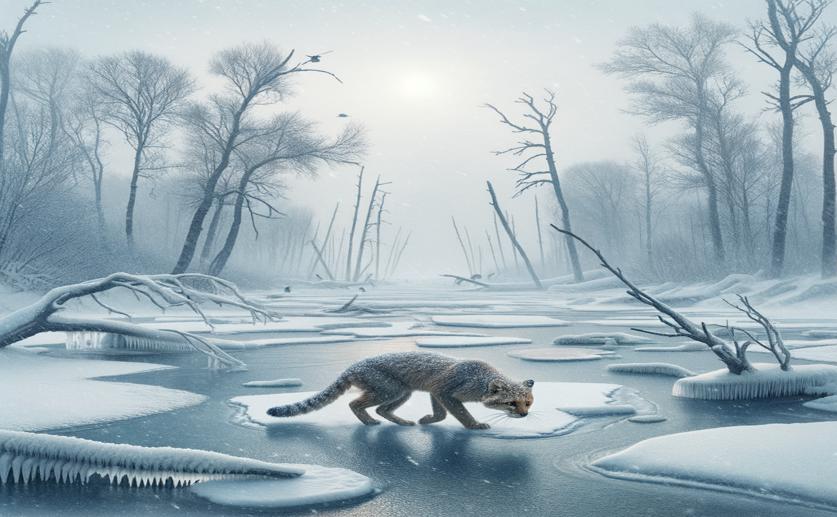
Winter Weather Effects on Activity of an Invasive Predator in Northern Regions
Greg Howard
9th July, 2024

Image Source: Natural Science News, 2024
Key Findings
- The study from the University of Turku examined the winter behavior of invasive raccoon dogs in Finland
- Raccoon dogs reduce their activity during the coldest months but remain somewhat active even in extremely cold conditions
- Unlike raccoon dogs, red foxes maintain higher activity levels throughout winter, while badgers are mostly dormant
References
Main Study
1) Invasion in cold: weather effects on winter activity of an alien mesopredator at its northern range
Published 8th July, 2024
https://doi.org/10.1007/s10344-024-01824-0
Related Studies
2) Biodiversity, distributions and adaptations of Arctic species in the context of environmental change.
Journal: Ambio, Issue: Vol 33, Issue 7, Nov 2004
3) From the Balkan towards Western Europe: Range expansion of the golden jackal (Canis aureus)-A climatic niche modeling approach.



 26th June, 2024 | Jenn Hoskins
26th June, 2024 | Jenn Hoskins